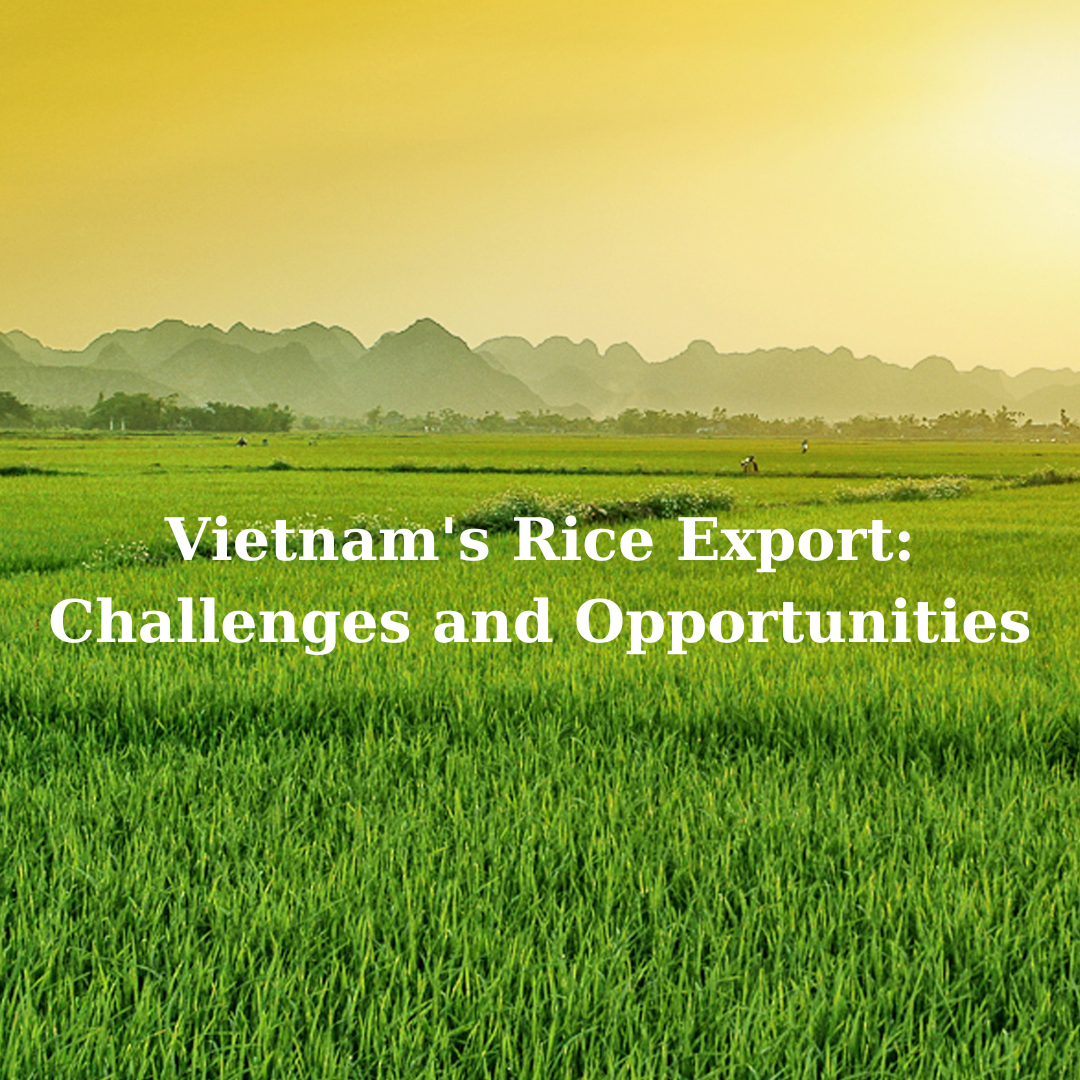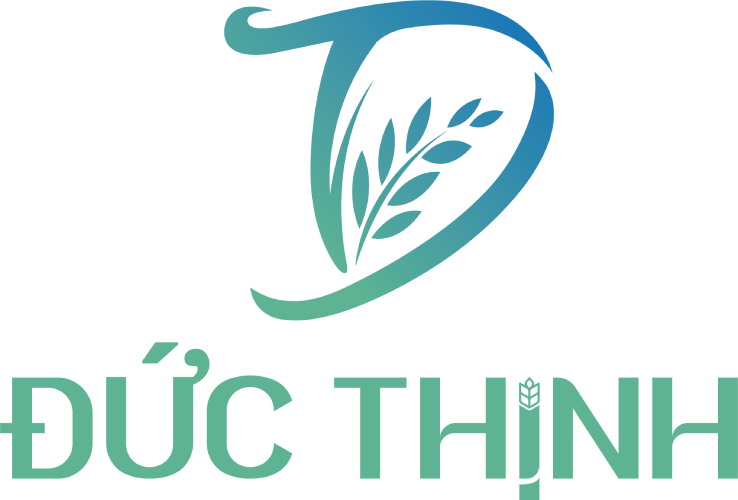Vietnam’s Rice Export: Challenges and Opportunities | Insights and Strategies

Overview of Vietnam’s Rice Export Industry
Vietnam is one of the largest rice exporters globally, known for its premium-quality varieties such as ST25 and Jasmine Rice. The industry plays a vital role in the country’s economy, contributing significantly to GDP and supporting millions of farmers. However, Vietnam’s rice export sector faces several challenges that need to be addressed to fully capitalize on emerging opportunities in the global market.
1. Current Challenges in Vietnam’s Rice Export
1.1. Competition from Other Exporting Nations
- Price Competition: Countries like India and Thailand offer competitive pricing due to large-scale production.
- Market Share: Vietnam faces stiff competition in major importing countries, including the Philippines and African nations.
1.2. Climate Change and Environmental Factors
- Unpredictable Weather: Floods, droughts, and rising temperatures affect rice production and quality.
- Soil Degradation: Over-reliance on chemical fertilizers impacts long-term productivity.
1.3. Trade Barriers and Tariff Policies
- High Tariffs: Some importing countries impose tariffs that make Vietnamese rice less competitive.
- Regulations: Meeting stringent quality and safety standards in markets like Europe and the US can be challenging.
1.4. Infrastructure Limitations
- Storage and Logistics: Lack of modern storage facilities and inefficient transportation increase post-harvest losses.
- Processing Technology: Limited adoption of advanced milling technologies affects rice quality.
2. Emerging Opportunities for Vietnam’s Rice Export
2.1. Growing Global Demand for Premium Rice
- High-Quality Varieties: Products like ST25, awarded “World’s Best Rice,” are gaining popularity in premium markets.
- Health Trends: Increasing demand for organic and specialty rice offers a lucrative niche.
2.2. Trade Agreements
- RCEP and EVFTA: Vietnam benefits from reduced tariffs and expanded access to markets in Europe and Asia under trade agreements.
- Philippines Market: As the Philippines reduces import tariffs, Vietnam has a competitive edge as its largest rice supplier.
2.3. Technological Advancements
- Smart Farming: Adoption of precision agriculture and advanced irrigation systems can improve yields and quality.
- Processing Innovations: Modern milling and packaging technologies enhance product appeal in high-value markets.
2.4. Sustainability Focus
- Eco-Friendly Practices: Transitioning to sustainable farming methods can attract environmentally conscious consumers.
- Carbon Footprint Reduction: Sustainable practices position Vietnamese rice favorably in markets with strict environmental regulations.
3. Strategies to Address Challenges and Leverage Opportunities
3.1. Enhance Competitiveness
- Develop branding strategies to highlight Vietnamese rice quality and authenticity.
- Focus on value-added products like fortified or ready-to-cook rice to cater to diverse consumer preferences.
3.2. Invest in Infrastructure and Technology
- Upgrade storage and transportation facilities to reduce post-harvest losses.
- Implement modern milling technologies to improve grain quality and market appeal.
3.3. Strengthen Market Access
- Work closely with trade partners to meet quality and safety standards.
- Expand marketing efforts in emerging markets, such as the Middle East, Europe, and Africa.
3.4. Promote Sustainability
- Support farmers in adopting organic farming and eco-friendly practices.
- Invest in research to develop high-yield, climate-resistant rice varieties.
4. Conclusion
Vietnam’s rice export industry is at a crossroads, facing significant challenges but also promising opportunities. By addressing competition, improving infrastructure, and embracing sustainability, Vietnam can strengthen its position as a global rice export leader. Strategic investments and collaborations will ensure the sector’s long-term growth and contribution to the national economy.
